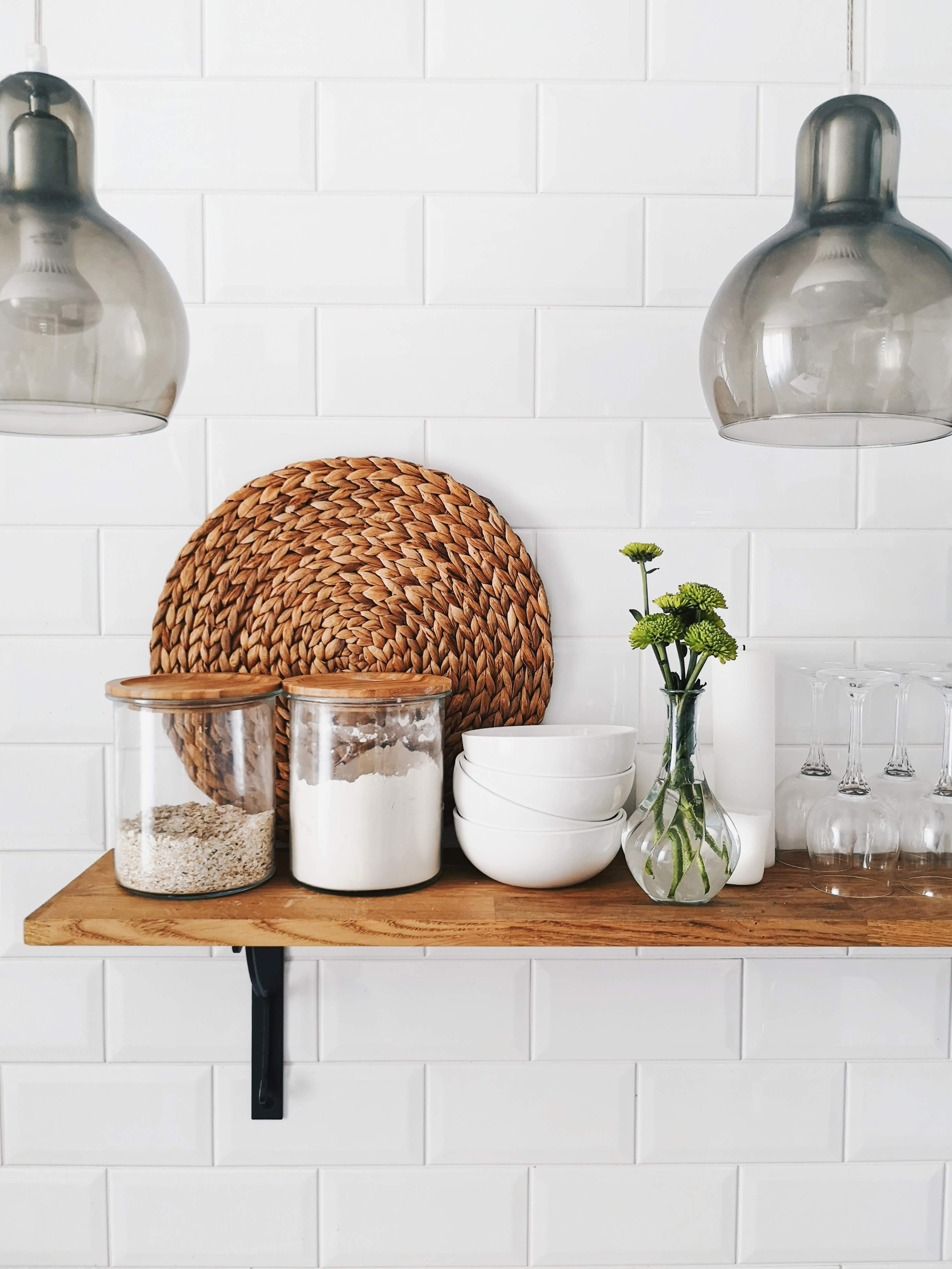The Ultimate Guide to Spring Landscaping Dos and Don’ts
Spring is the best time of the year to work on your garden and landscape. The mild weather provides the perfect conditions for new growth to sprout and bloom. Whether you are a beginner or have years of experience in landscaping, it’s always important to know the dos and don’ts. In this guide, we will cover everything you need to know to make the most of your spring landscaping endeavors.
Do: Plan ahead
Before starting any landscaping project, it’s vital to have a solid plan in place. Take time to assess your yard and decide what changes you want to make. You may choose to create new flower beds, add walkways, or place new garden features. You can also look for inspiration from magazines, websites, and social media. Once you have a clear vision, create a sketch or diagram, and determine the necessary materials and budget.
Don’t: Overwater
Spring is known for rain showers, and overwatering your plants can be detrimental. Before you start watering, check the soil moisture level by inserting a finger into the soil. If it’s wet, you don’t need to water your plants. It’s important to establish a watering schedule and stick to it. Most plants need 1 to 2 inches of water per week, depending on the type and soil conditions. If you do overwater, not only will you hurt the plants, but you will simply waste money and water.
Do: Clean up
Winter can leave your yard littered with debris, whether it’s fallen branches, dead leaves, or discarded items. To prepare your garden for spring, start by cleaning up the debris. Remove any weeds, dead plants, or diseased branches, and dispose of them properly. This will also help to prevent pests and diseases from spreading to healthy plants.
Don’t: Plant too soon
While it’s tempting to start planting as soon as the weather warms up, it’s important to wait until all chances of frost have passed. Frost can kill new seedlings and damage young plants. The ideal time to plant varies depending on your area, so it’s best to check with your local garden center or extension office. Remember, it’s better to plant a little later in the spring than too early.
Do: Add mulch
Mulching is an excellent way to help your plants retain moisture, suppress weeds, and regulate soil temperature. You can use a variety of materials for mulch, such as shredded leaves, straw, bark, or compost. Spread a layer of mulch around your plants, but don’t pile it up against the stems or trunks. If the mulch is too deep, it can cause the plants to rot.
Spring landscaping can be a rewarding and fulfilling activity, but it’s essential to follow the dos and don’ts. By planning ahead, watering properly, cleaning up, planting at the appropriate time, and mulching, you can make your yard look inviting and beautiful. Remember to take care of yourself and wear protective clothing and gear while you work. With these tips, you are on your way to a successful spring landscaping season.

